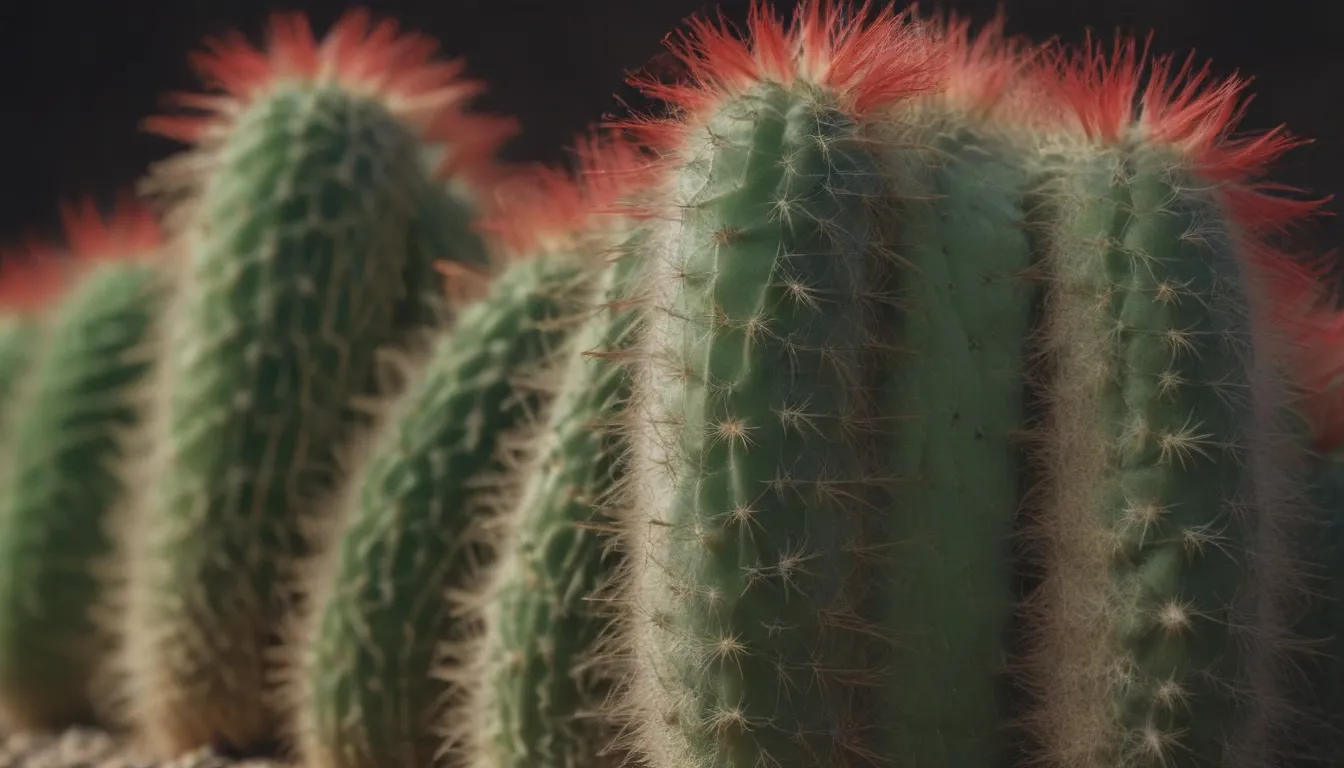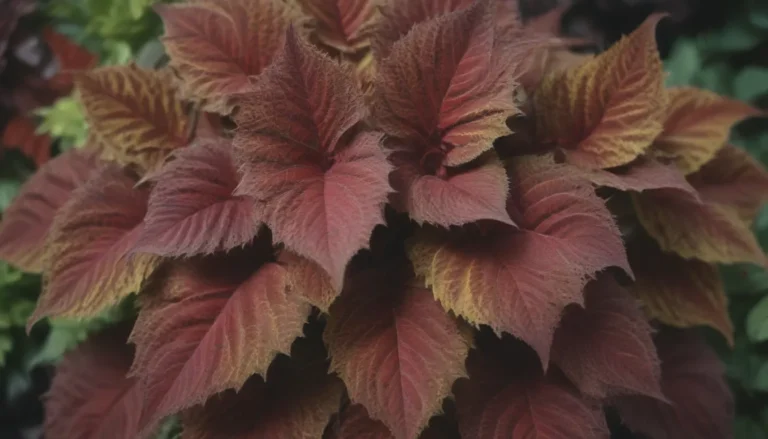Everything You Need to Know About Growing and Caring for Rat Tail Cactus

Are you a plant enthusiast looking to add a unique and beautiful cactus to your collection? Look no further than the rat tail cactus! This showy cactus, native to southwestern Mexico and parts of Central America, is sure to add a touch of elegance to any space with its long, trailing stems and vibrant blooms. In this comprehensive guide, we will walk you through everything you need to know about growing and caring for rat tail cactus, from light and soil requirements to propagation and common pests. Let’s dive in and learn how to make your rat tail cactus thrive!
Overview of Rat Tail Cactus
The rat tail cactus, also known as Aporocactus flagelliformis, is known for its long, trailing stems that can grow up to 4 feet in length at maturity, giving the plant its unique nickname. This cactus blooms in the spring and early summer, with violet-red flowers that are about 2 inches wide. While the most common color is violet-red, you may also see flowers in pink and orange hues. Each flower only lasts a couple of days, but the plant can produce quite a few blooms during its flowering season.
In the wild, rat tail cactus can be found growing either lithophytically on the ground or epiphytically on larger structures, such as trees. When cultivated, it is typically grown in hanging pots or baskets to accommodate its trailing stems, which can grow up to 1 foot in length per year.
Rat Tail Cactus Care
Taking care of your rat tail cactus is relatively easy, as long as you provide it with the right conditions. Here are some essential care tips to help your cactus thrive:
Light
Rat tail cactus thrives in bright, direct sunlight year-round. Place it in a south- or west-facing window to ensure it receives enough sun exposure.
Soil
Ensure your cactus is planted in a potting mix that offers excellent drainage. Most cactus potting mixes have a slightly acidic pH between 5.0 and 6.0, which is ideal for rat tail cactus.
Water
Water your rat tail cactus regularly during the growing season to keep the soil slightly moist. Reduce watering in the fall and winter, watering only if the soil is completely dry during the plant’s dormancy period.
Temperature and Humidity
Rat tail cactus can tolerate temperatures as low as 45 degrees and as high as 90 degrees Fahrenheit. Keep the plant in a location with regular room temperatures and moderate humidity levels to prevent stem rot or pest issues.
Fertilizer
Feed your rat tail cactus with a diluted liquid fertilizer about once every two weeks during the growing season in spring and summer to promote healthy growth.
Propagation and Pruning
Rat tail cactus is easy to propagate from cuttings and should be done with care to avoid injury from its spines. Follow these tips for successful propagation and maintenance:
- Propagate your cactus from cuttings, as it is more straightforward than growing from seed.
- Prune dead or diseased plant parts as needed, and remove dead flowers to encourage new blooms.
Cactus Types
If you’re a fan of rat tail cactus, you may also enjoy these other ornamental cactus species:
- Golden rat tail cactus (Cleistocactus winteri)
- German empress (Disocactus phyllantioides)
- Dog tail cactus (Strophocactus testudo)
Growing a variety of cactus species can add diversity and visual interest to your collection.
Potting and Repotting
To display your rat tail cactus beautifully, consider growing it in a hanging basket lined with sphagnum moss or other organic material. Repot your cactus annually after the growing season to provide it with fresh soil and nutrients for healthy growth.
Overwintering and Common Pests
During the winter months, ensure your rat tail cactus receives a rest period with temperatures between 55 and 65 degrees Fahrenheit. Watch out for common pests such as spider mites and scale insects, which can be controlled with insecticidal soap or neem oil.
How to Get Rat Tail Cactus to Bloom
If your rat tail cactus is not blooming, ensure it receives enough sunlight and fresh potting mix. Full, bright direct sunlight is crucial for the plant to produce flowers. Additionally, monitor the plant for signs of dehydration, such as aerial roots, and adjust your watering routine accordingly.
In conclusion, rat tail cactus is a stunning and low-maintenance plant that can thrive in a variety of environments with proper care. By following these tips and guidelines, you can enjoy the beauty of this unique cactus in your home or garden for years to come. Happy growing!





